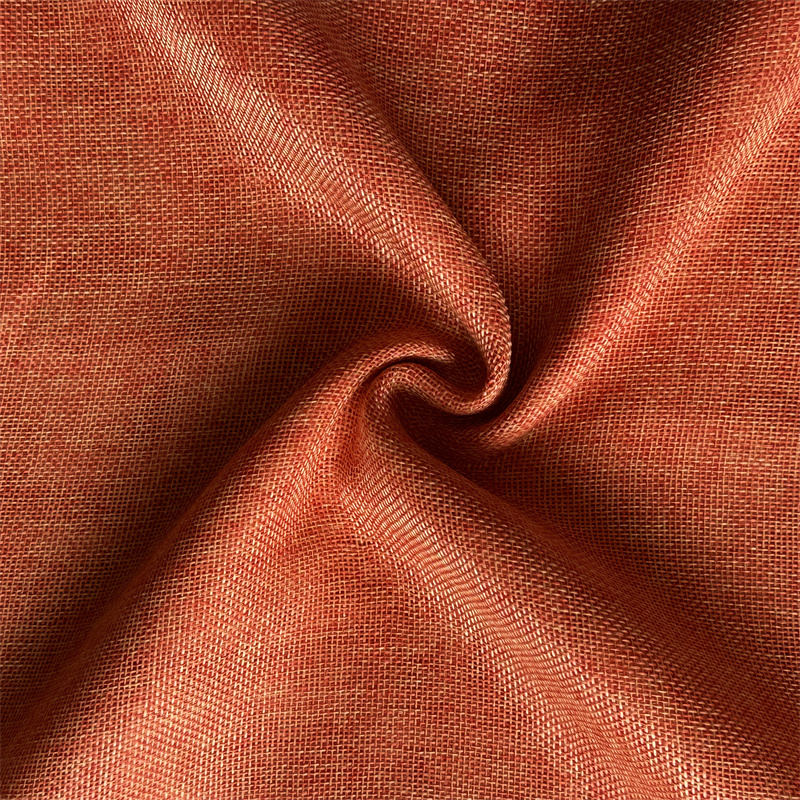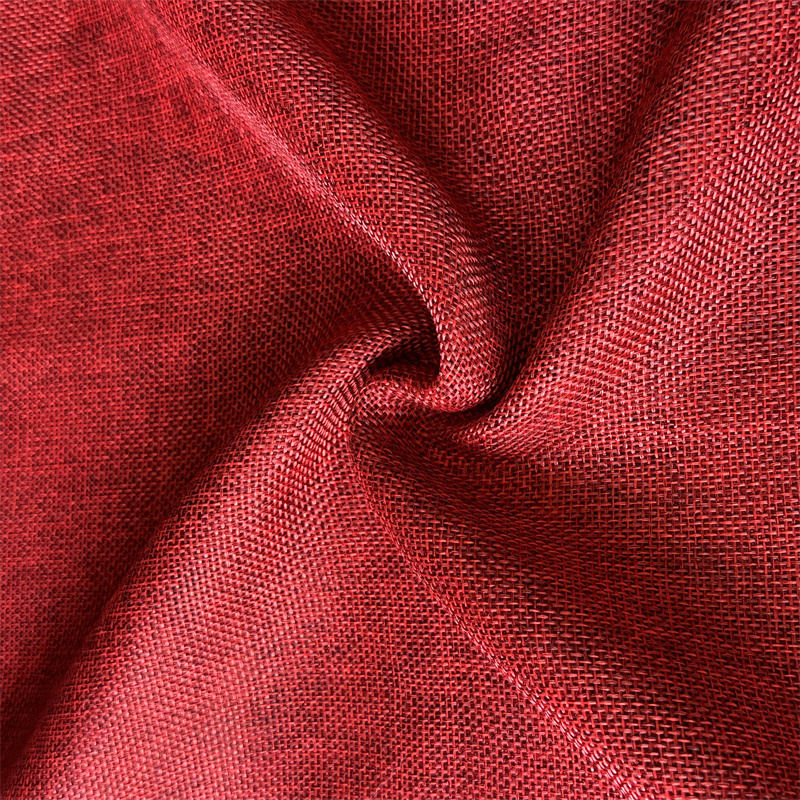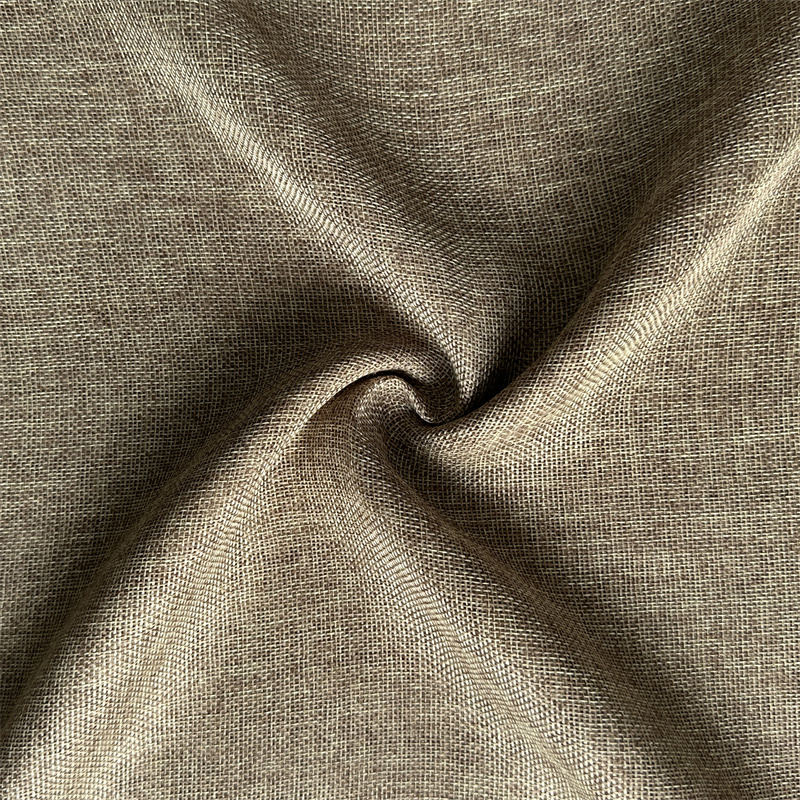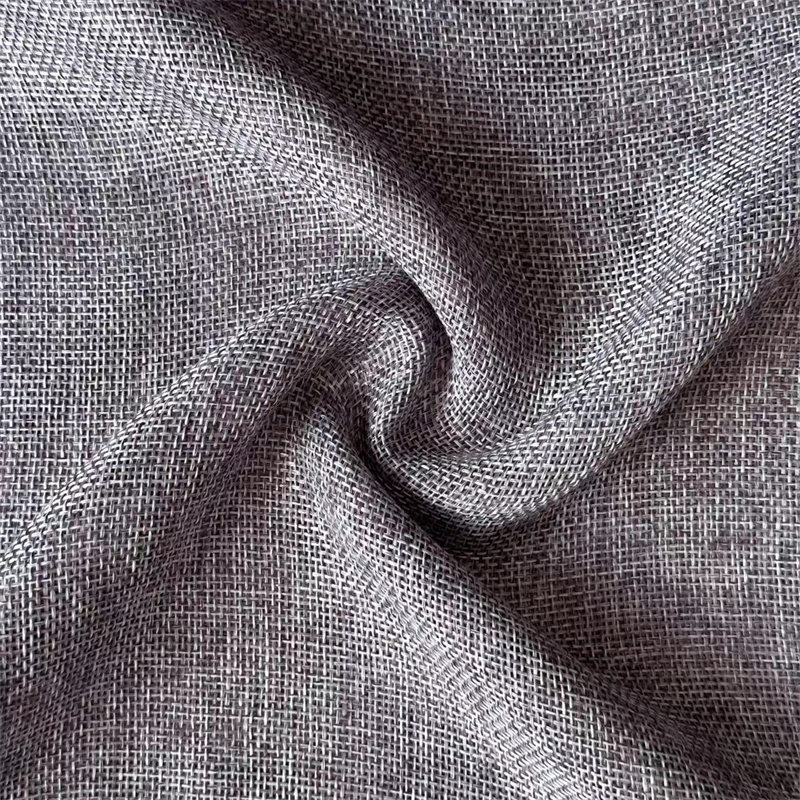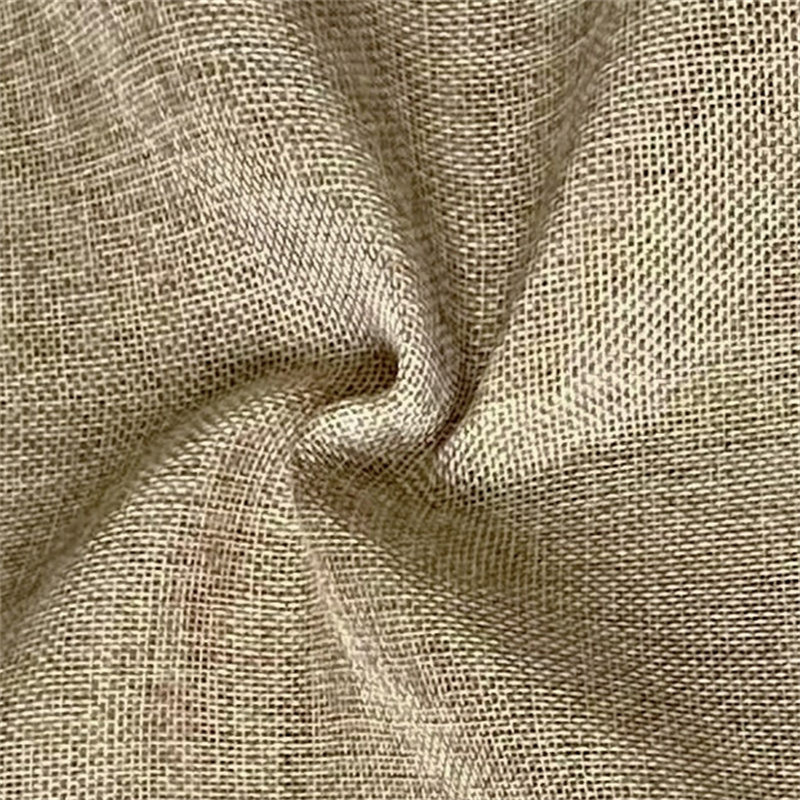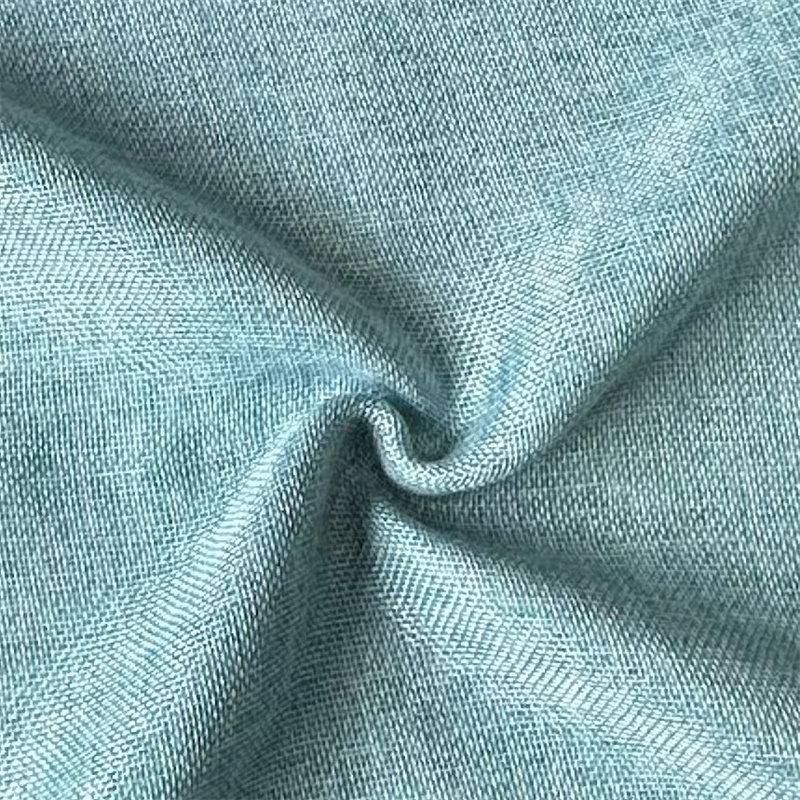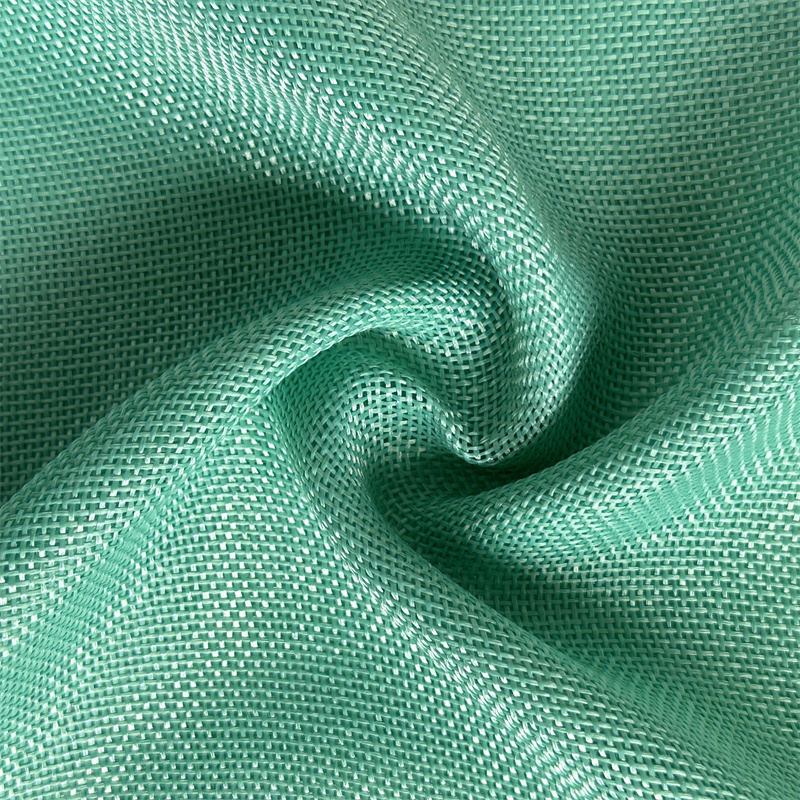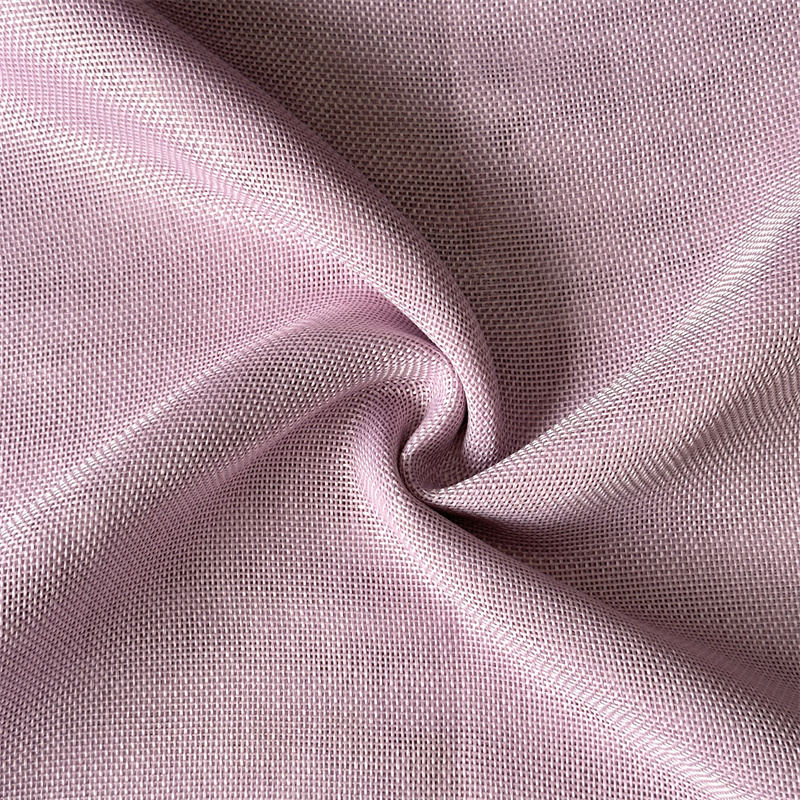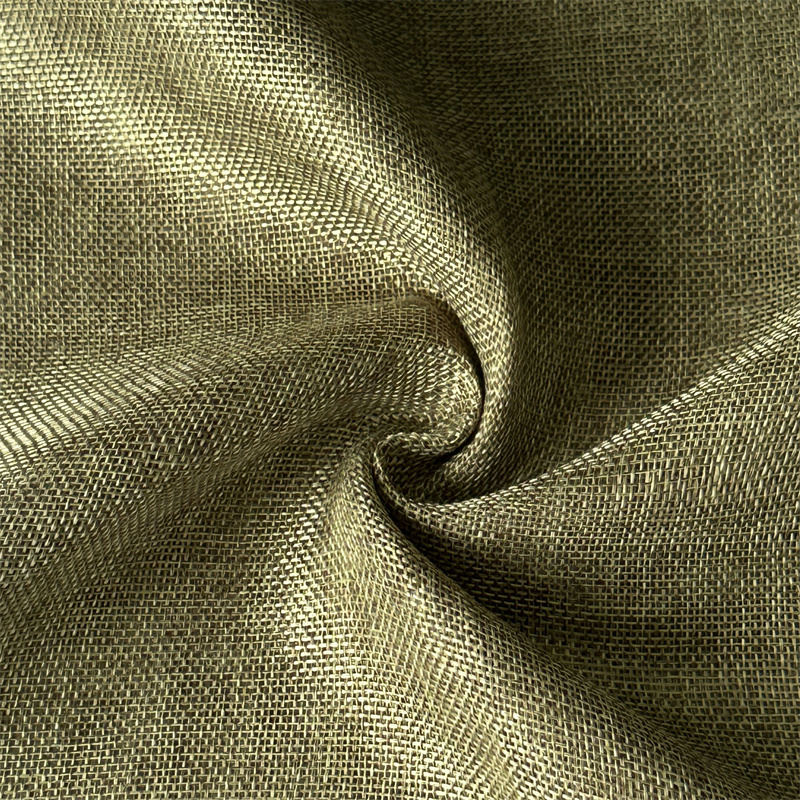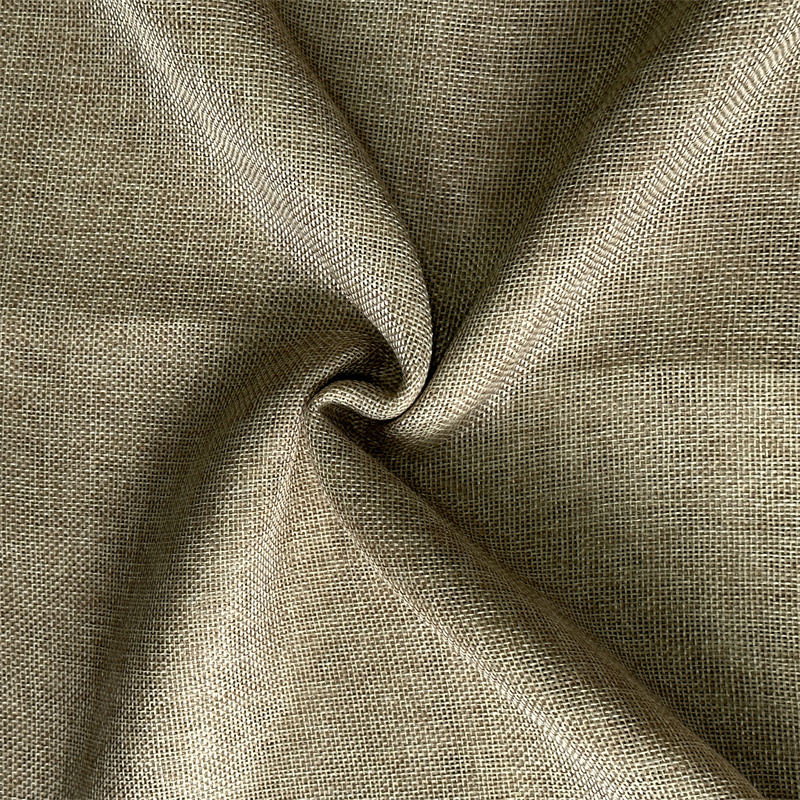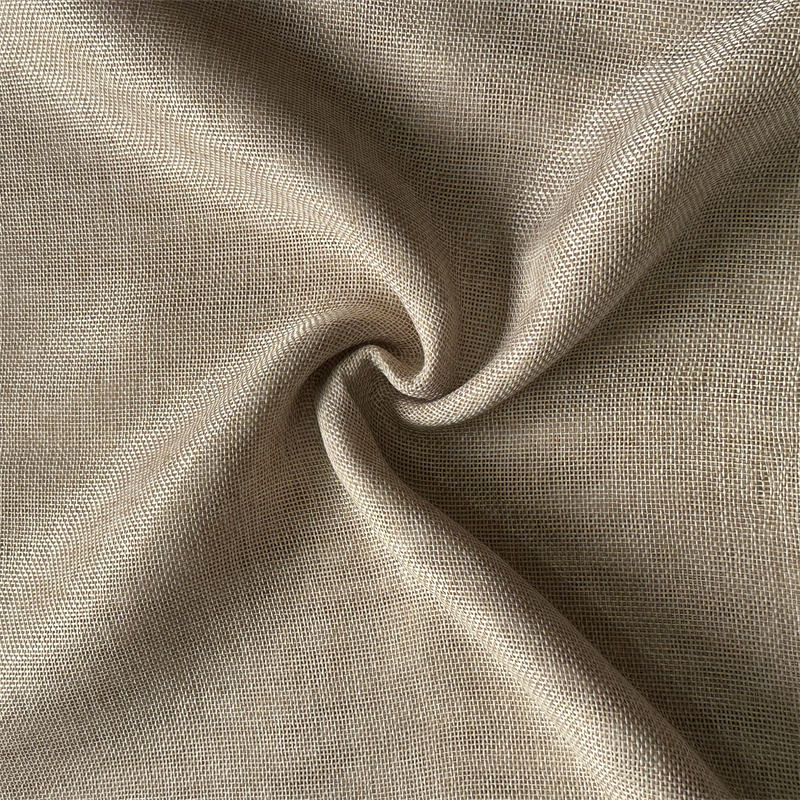Polyester linen fabric is a hybrid textile that combines the natural elegance of linen with the practicality of polyester. It is widely used in apparel, upholstery, curtains, and home décor because it offers a balance between style, comfort, and performance. While natural linen is appreciated for its breathability and texture, it often struggles with wrinkles and durability issues. Polyester, on the other hand, provides strength, resistance to creasing, and easier maintenance. When blended, the resulting polyester linen fabric seeks to capture the best of both worlds.
In evaluating the effectiveness of polyester linen fabric, three key performance characteristics stand out: breathability, durability, and wrinkle resistance. Each of these factors determines how well the fabric suits different applications, from summer clothing to furniture coverings.
1. Breathability of Polyester Linen Fabric
Breathability refers to how easily air and moisture pass through a fabric, affecting wearer comfort and indoor air circulation for upholstery. Natural linen, made from flax fibers, is highly breathable and moisture-wicking, making it ideal for hot climates. Polyester, however, is less breathable because of its synthetic composition and tight molecular structure.
When polyester and linen are blended, the breathability depends on the fiber ratio and weave. Fabrics with higher linen content will feel cooler and more breathable, while those with higher polyester content will provide less airflow.
Key Points on Breathability:
- Moisture Management: Linen absorbs moisture quickly and dries rapidly, while polyester repels water. Together, the blend moderates perspiration absorption, offering a balance between dryness and comfort.
- Air Permeability: Polyester reduces the open structure of linen, which can slightly limit airflow. However, compared to pure polyester, the blended fabric is significantly more comfortable.
- Application: For summer apparel or bedding, a higher percentage of linen is preferable to maximize breathability. For curtains or upholstery, where airflow is less critical, more polyester content works well.
Overall, polyester linen fabric performs adequately in breathability, though it cannot fully match the natural cooling effect of 100% linen. Still, it is a better alternative than pure polyester when comfort is a priority.
2. Durability of Polyester Linen Fabric
Durability refers to a fabric’s resistance to wear, tear, stretching, and environmental damage. Pure linen is strong but can weaken when repeatedly creased or exposed to abrasion. Polyester, however, is renowned for its resilience and resistance to stretching, shrinking, and tearing.
When blended, polyester significantly enhances the lifespan of linen fabric. This makes polyester linen fabric more suitable for heavy-use applications such as furniture upholstery, bags, and curtains.
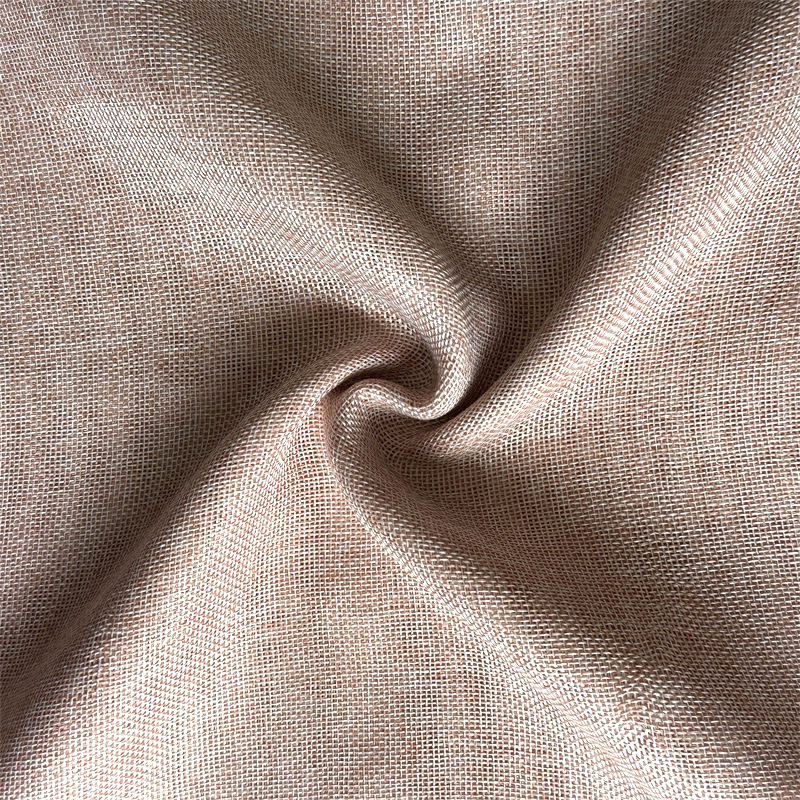
Key Points on Durability:
- Abrasion Resistance: Polyester strengthens linen, making the fabric less prone to fraying or tearing during prolonged use.
- Stretch and Shape Retention: Linen tends to lose its shape over time, but polyester helps maintain structural integrity, reducing sagging in upholstery or clothing.
- Moisture and Stain Resistance: Polyester resists water and stains more effectively than linen, making the blend more practical for items exposed to spills and everyday use.
- Longevity: The combination of fibers creates a fabric that withstands frequent washing and handling without deteriorating quickly.
Thus, polyester linen fabric offers a practical upgrade in durability, extending the usability of items while maintaining much of the natural look of linen.
3. Wrinkle Resistance of Polyester Linen Fabric
Wrinkle resistance is one of the most sought-after characteristics in modern fabrics. Pure linen, despite its luxurious appearance, wrinkles easily due to its lack of elasticity. This makes it less convenient for daily wear or low-maintenance home décor. Polyester, by contrast, is highly resistant to wrinkling and maintains a smooth surface with minimal care.
Blending polyester with linen significantly reduces wrinkling, offering a neat appearance with less ironing or steaming required. This property makes polyester linen fabric especially attractive for professional clothing, tablecloths, and curtains, where maintaining a polished look is important.
Key Points on Wrinkle Resistance:
- Daily Wear: Polyester linen garments resist creases better than pure linen, staying smoother throughout the day.
- Home Décor: Curtains, table covers, and upholstery look more presentable without constant maintenance.
- Care and Maintenance: Polyester linen requires less ironing and can withstand machine washing without losing its crispness.
In this respect, polyester linen fabric successfully addresses one of linen’s biggest drawbacks, making it more versatile and user-friendly.
4. Balancing the Three Properties
Polyester linen fabric represents a balance among breathability, durability, and wrinkle resistance. However, trade-offs exist depending on fiber ratios and intended use:
- For Maximum Comfort: A higher linen percentage ensures better breathability, ideal for hot weather clothing or bedding.
- For Maximum Durability: A higher polyester percentage strengthens the fabric, making it suitable for upholstery and high-traffic areas.
- For Easy Maintenance: Polyester-rich blends reduce wrinkles, appealing to those who prefer low-maintenance textiles.
Manufacturers often adjust the polyester-to-linen ratio to meet specific needs, such as lightweight, breathable fabrics for fashion or tough, wrinkle-free fabrics for furniture.
5. Applications of Polyester Linen Fabric
The unique performance of polyester linen fabric makes it popular across various industries:
- Apparel: Dresses, blouses, trousers, and suits that combine style, comfort, and practicality.
- Home Décor: Curtains, tablecloths, and cushion covers that retain elegance without high maintenance.
- Upholstery: Sofas and chairs that withstand frequent use while maintaining a refined appearance.
- Bedding: Sheets and pillowcases that balance comfort and wrinkle resistance.
Its adaptability ensures that polyester linen fabric appeals to both consumers and manufacturers seeking cost-effective yet functional textiles.
Conclusion
Polyester linen fabric offers an appealing fusion of natural comfort and synthetic resilience. In terms of breathability, it retains much of linen’s cooling effect while moderating it with polyester’s moisture resistance. In durability, polyester enhances linen’s strength, making the blend suitable for heavy use and long-term applications. Regarding wrinkle resistance, the polyester component significantly reduces creasing, solving one of linen’s primary shortcomings.
By balancing these three key properties, polyester linen fabric has become a versatile choice for apparel, home décor, and upholstery. Consumers benefit from a fabric that looks elegant, feels comfortable, lasts longer, and requires less maintenance. For those who seek the charm of linen with modern practicality, polyester linen fabric stands as a smart and balanced solution.


 中文简体
中文简体 Español
Español